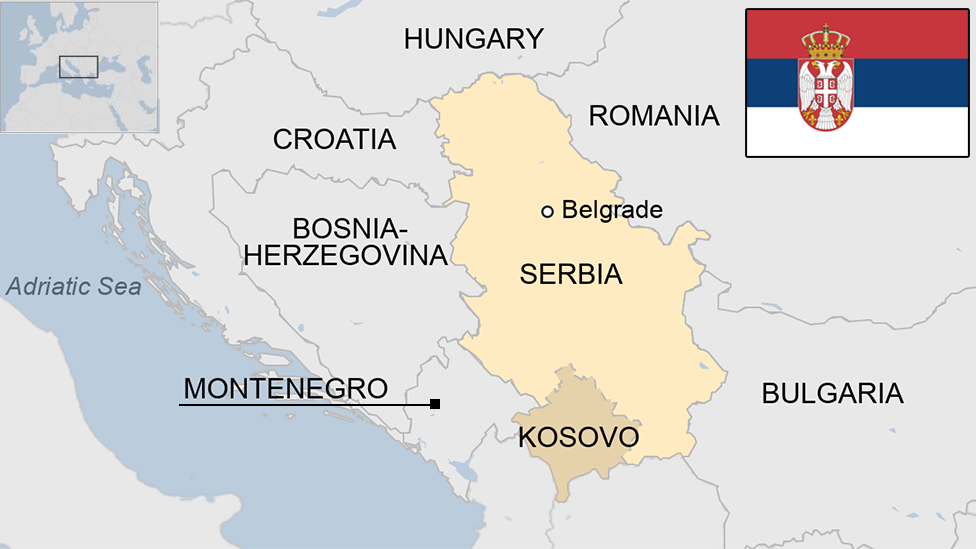Romania country profile
- Published
This page is no longer being updated. It was last updated on 18 December 2024

The largest of the Balkan countries, Romania has dramatic mountain scenery and a coastline on the Black Sea.
It has seen numerous empires come and go from the Roman and Ottoman to the Austro-Hungarian.
After World War Two, the country fell under Communist rule, although the leadership pursued a foreign policy independent of that of the Soviet Union.
The legacy of Communist leader Nicolae Ceausescu lingered long after the uprising which brought about his downfall on Christmas Day 1989. Romania took a major step away from its past when it was one of seven countries to join Nato in late March 2004.
In April 2005 Bucharest signed an EU accession treaty, paving the way for Romania eventually to join the union in January 2007.
Read more country profiles, external - Profiles by BBC Monitoring, external
ROMANIA: FACTS
Capital: Bucharest
Area: 238,397 sq km
Population: 19 million
Language: Romanian
Life expectancy: 70 years (men) 78 years (women)
LEADERS
President: Klaus Iohannis (outgoing)
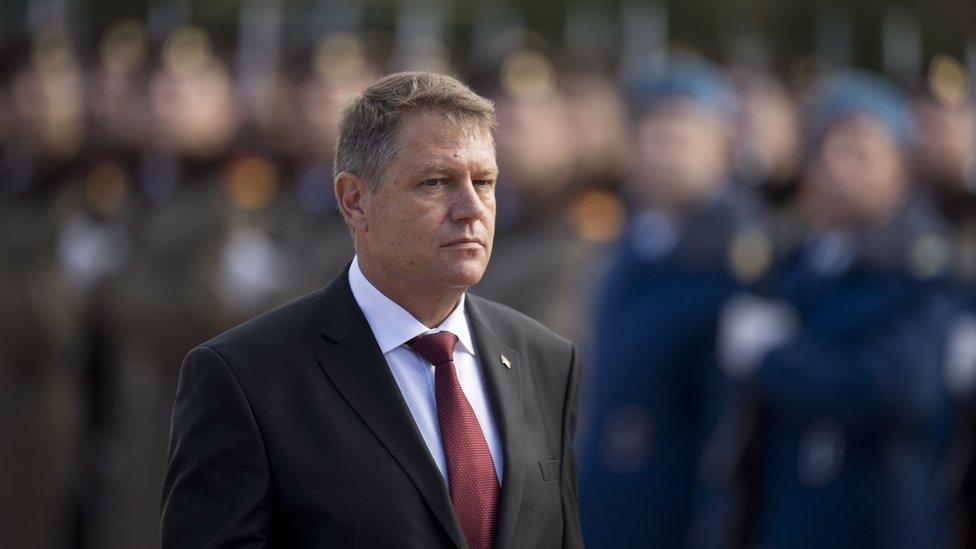
In December 2024, Romania's constitutional court scrapped the presidential election and ordered its rerun, following allegations and evidence of possible Russian interference.
It followed another unprecedented move when outgoing President Klaus Iohannis ordered intelligence documents to be declassified and made public.
The document that talked of a massive online influence campaign to sway the vote in favour of fringe politician Calin Georgescu blamed a "state-sponsored actor".
Georgescu, who had lead the first round of voting in the cancelled election had told the BBC that he would end all support for Ukraine if elected.
The president in Romania has considerable power, including influence on areas such as foreign policy. He is also the commander-in-chief of the armed forces and appoints the prime minister.
Romania shares a long border with Ukraine and has been a staunch supporter of Kyiv since the full-scale invasion in 2022.
It has provided a Patriot missile defence system as well as financial support. It has also become a key export route for Ukrainian grain, as Russian bombardments have crippled the work of ports there.
If Georgescu were to become president, Romania would join Hungary and Slovakia as Russia-sympathisers on the eastern flank of Nato.
Outgoing incumbent Klaus Iohannis has served two terms as president, being elected in 2014 and again in 2019.
Prime minister: Marcel Ciolacu
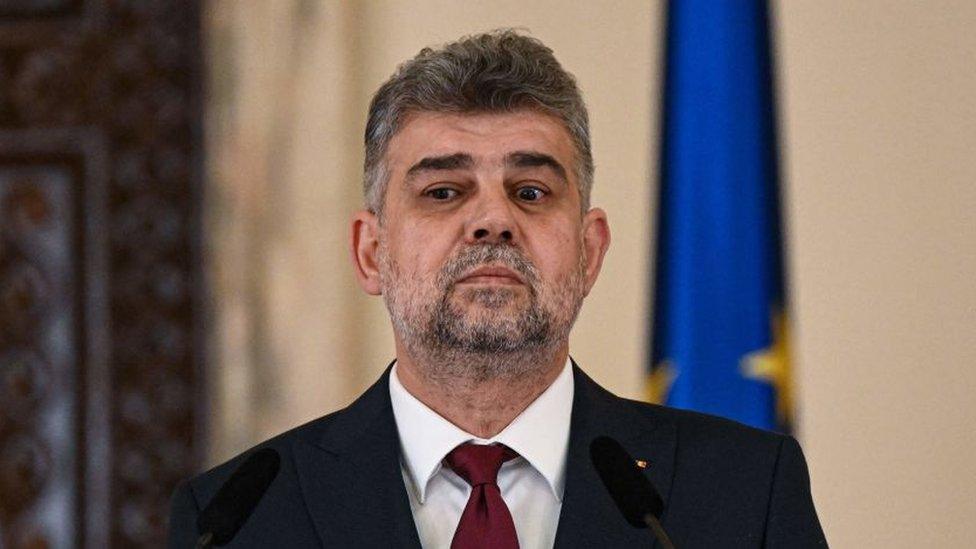
Social Democratic Party leader Marcel Ciolacu became prime minister in June 2023 after the resignation of Nicolae Ciuca as part of a planned rshuffle within the ruling coalition.
Ciuca was nominated prime minister in November 2022 after his centre-right National Liberal Party (PNL) agreed a coalition with its rivals in the centre-left Social Democratic Party (PSD) and the ethnic Hungarian UDMR group.
As part of the deal Ciuca was to switch places with a Social Democratic Party nominee in May 2023, but the move was postponed a few weeks due to a major teachers' strike.
Romania is behind on the reforms needed which would unlock further tranches of European Union recovery funds - a key factor underpinning its economic growth.
MEDIA
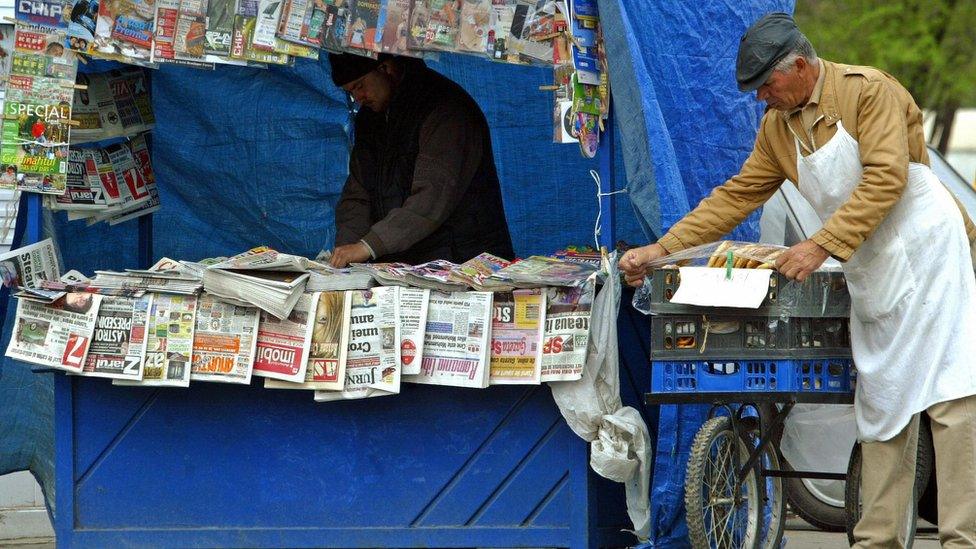
Romania has one of the most dynamic media markets in southeastern Europe. A handful of conglomerates dominates the industry.
TV is the medium of choice, with commercial stations Pro TV and Antena 1 being the leading outlets. TVR is the public broadcaster.
There is a competitive pay TV sector, via cable and satellite. Romania is yet to complete the switch to digital terrestrial TV (DTT).
There are more than 100 private radios. Public Radio Romania operates national, regional and local stations.
Read full media profile
TIMELINE
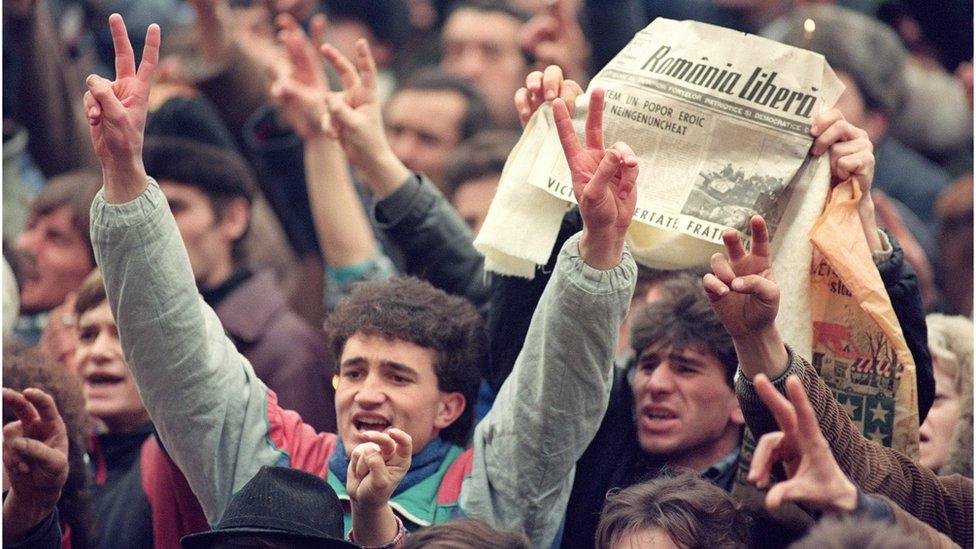
Romanians celebrate the fall of the Ceausescu regime in December 1989
Some key dates in Romania's history:
1859 - Prince Alexandru Ioan Cuza is proclaimed prince of Moldavia and Wallachia.
1862 - The union of the two Danubian principalities is consolidated into a new state - Romania. Prince Cuza launches an ambitious policy of reform.
1877-1878 - Romania wins full independence from the Ottoman Empire by siding with Russia in the Russo-Turkish War. It also acquires a coastline on the Danube delta.
1916 - Romania joins the Allied side in World War One.
1918 - As part of the peace settlement at the end of the war, Romania virtually doubles in size and population.
1941-1944 - Romania fights on German side against Soviet Union, then switches sides as Soviet forces close in.
1945 - Soviet-backed government installed.
1965 - Nicolae Ceausescu becomes Communist Party leader. He pursues foreign policy that often runs counter to Moscow's lead, while increasing repressive rule and personality cult at home.
1989 - Bloody national uprising, Nicolae Ceausescu and his wife Elena are executed. National Salvation Front government formed by former Ceausescu ally Ion Iliescu.
2004 - Romania admitted to Nato.
2007 - Romania and Bulgaria join the European Union.
2015 - Prime Minister Victor Ponta resigns after massive anti-corruption protests following deaths of 64 people in the Colectiv nightclub fire in Bucharest.
2022 - EU interior ministers accept Croatia into the 26-nation, border-free Schengen zone, but reject Romania and Bulgaria amid concerns that both are soft on illegal migration.
2024 - Bulgaria and Romania join the EU's Schengen zone for air and sea travel.
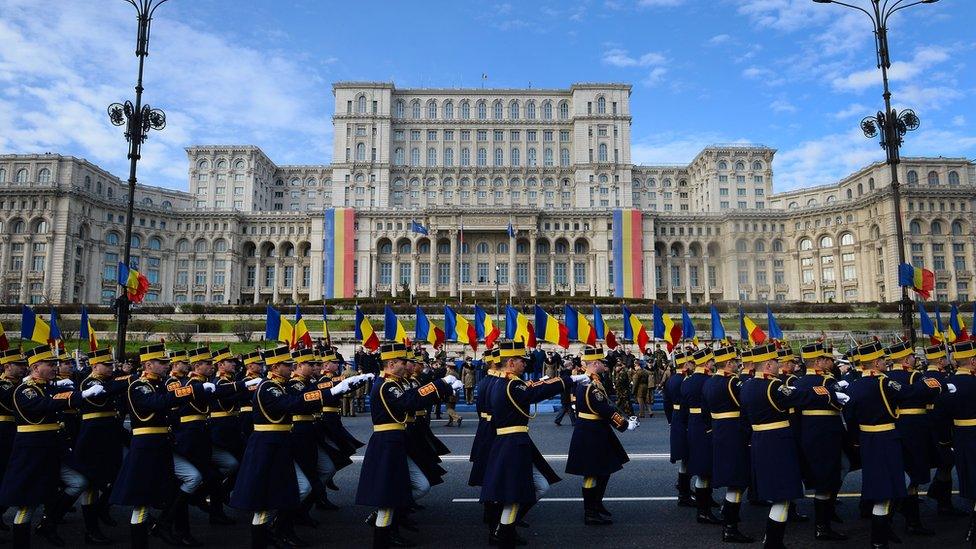
National Day parade past the Palace of the Parliament in Bucharest
- Published4 June 2024
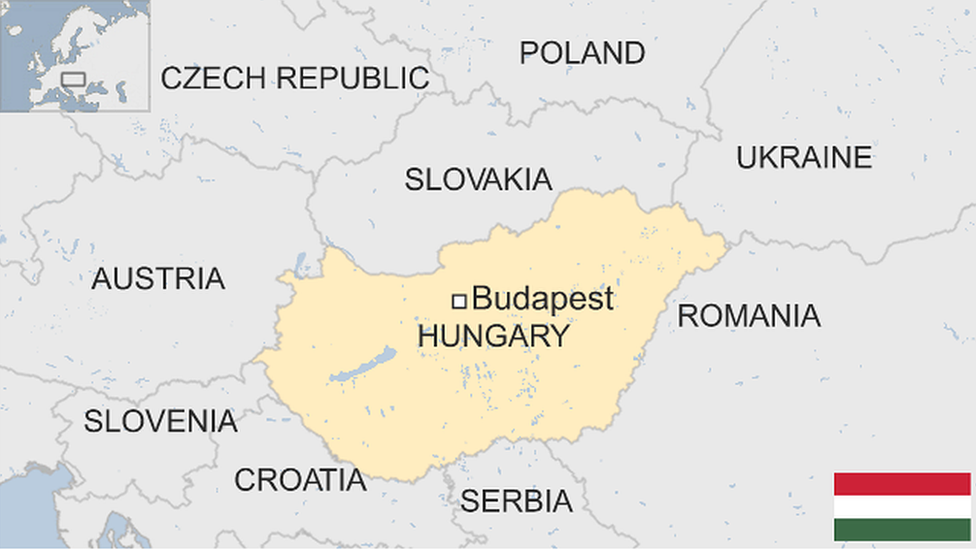
- Published27 January
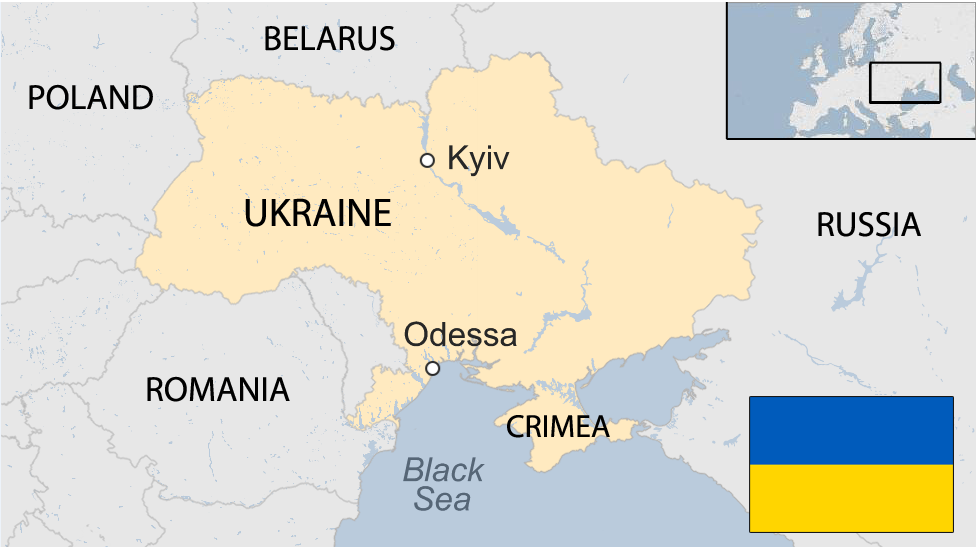
- Published4 November 2024
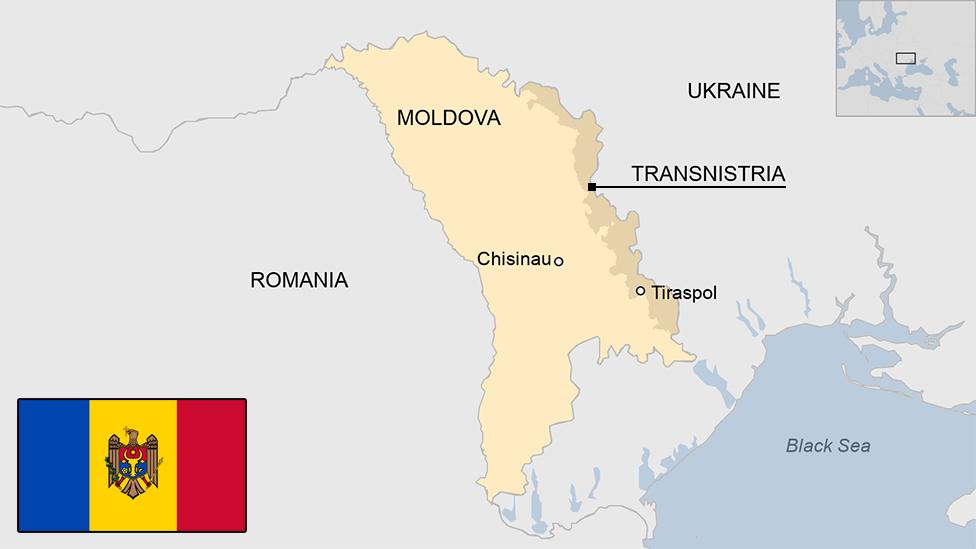
- Published20 January
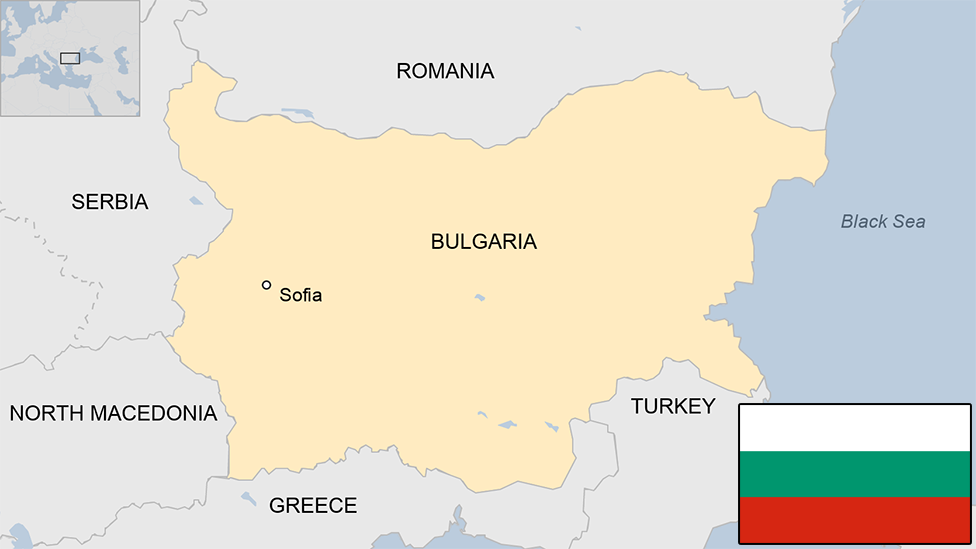
- Published28 January
